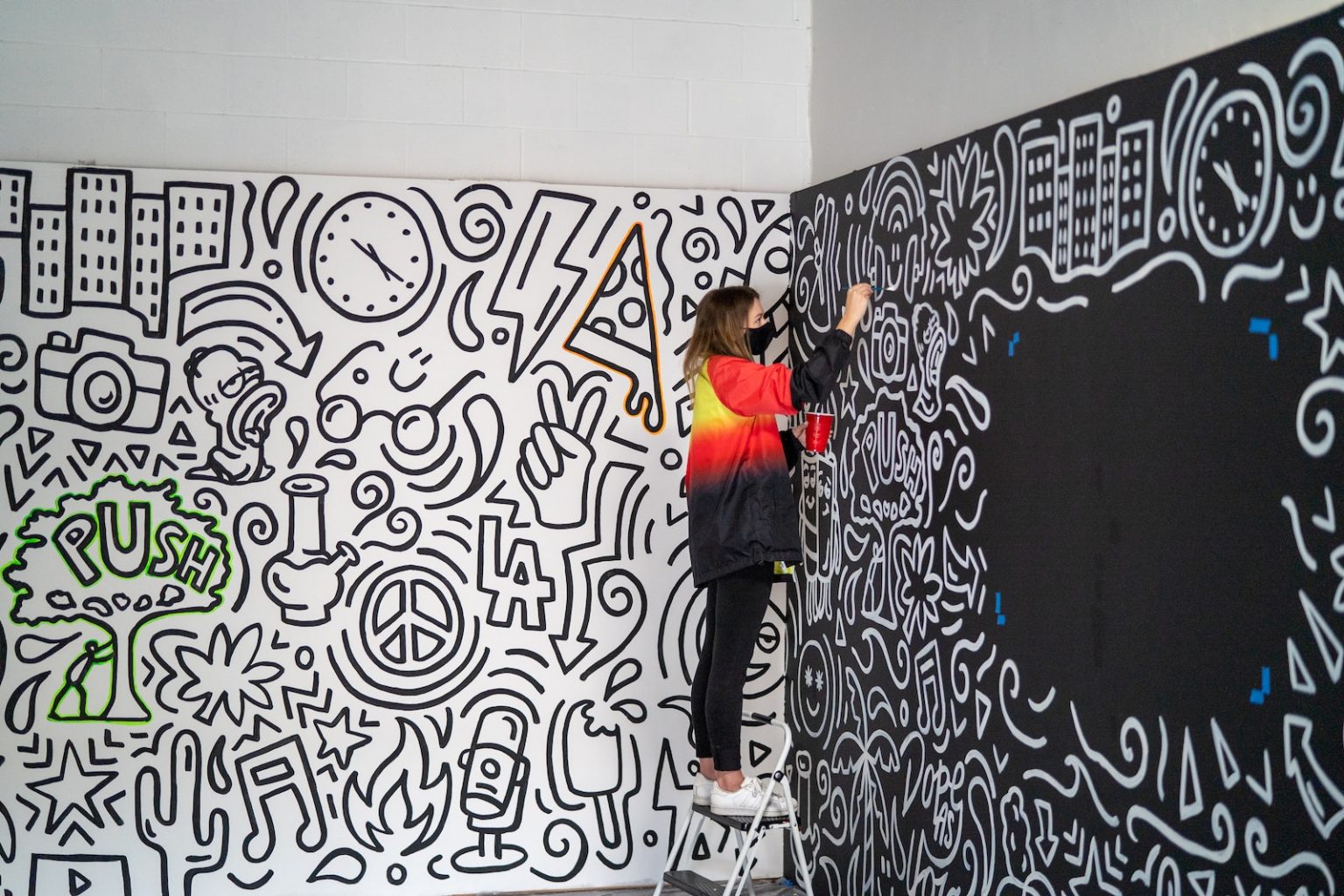Typography is an essential aspect of user experience (UX) design. It involves the use of fonts, colors, and other visual elements to create a cohesive and visually appealing design. The importance of typography in UX cannot be overstated, as it can greatly impact the user’s perception of a website or application.
One of the primary functions of typography in UX is to enhance readability. This involves selecting fonts that are easy to read and appropriate for the content being presented. For example, a sans-serif font may be more appropriate for a website that presents a lot of information, while a script font may be more suitable for a site that is more focused on aesthetics.
Typography can also be used to create a sense of hierarchy and structure within a design. This involves using different font sizes, weights, and colors to differentiate between headings, subheadings, and body text. By doing so, users can quickly scan a page and identify the most important information.
Another important aspect of typography in UX is consistency. Consistent use of fonts, colors, and other visual elements can create a cohesive and professional-looking design. Inconsistencies can be distracting and make a design appear unprofessional.
Finally, typography can be used to create a sense of personality and brand identity. By selecting fonts and colors that reflect a brand’s values and personality, a design can create a strong connection with users and help to establish a brand’s identity.
In conclusion, typography is a critical component of UX design. It plays a vital role in enhancing readability, creating structure and hierarchy, maintaining consistency, and establishing brand identity. By paying careful attention to typography, designers can create designs that are not only visually appealing but also highly functional and effective.




